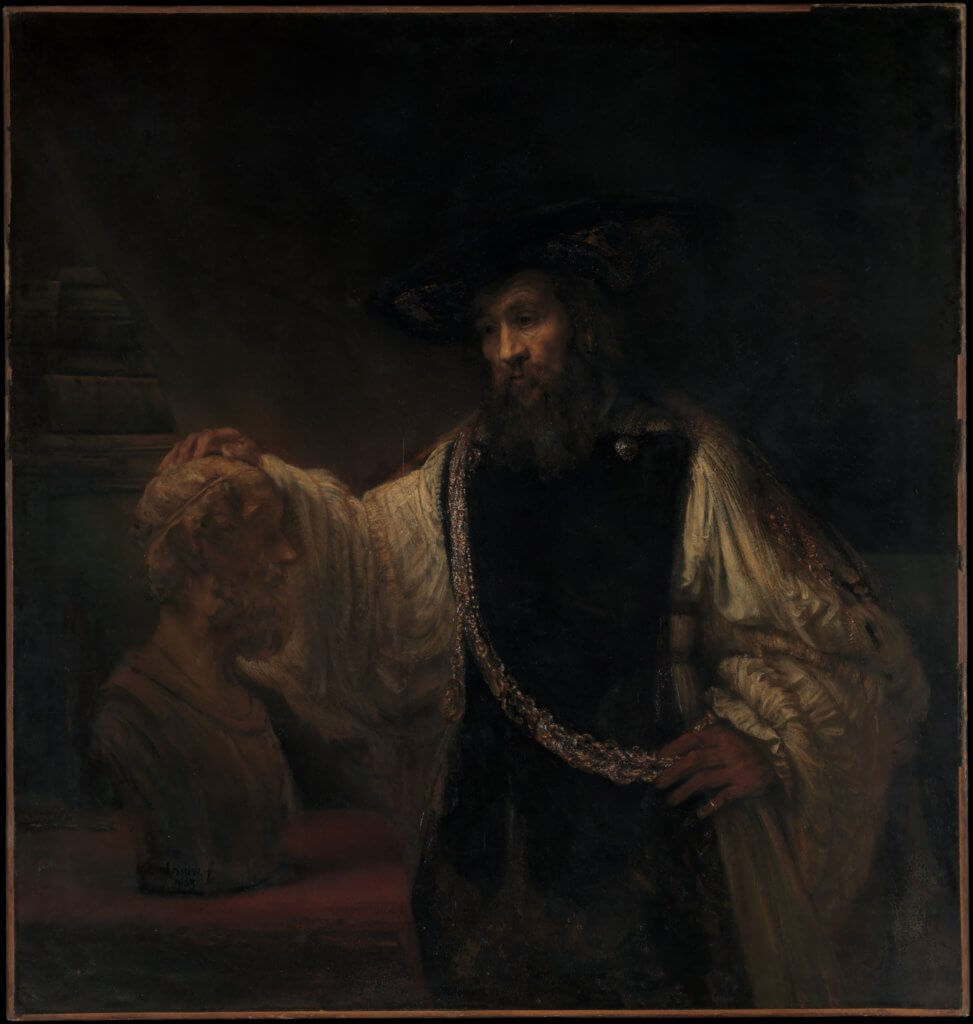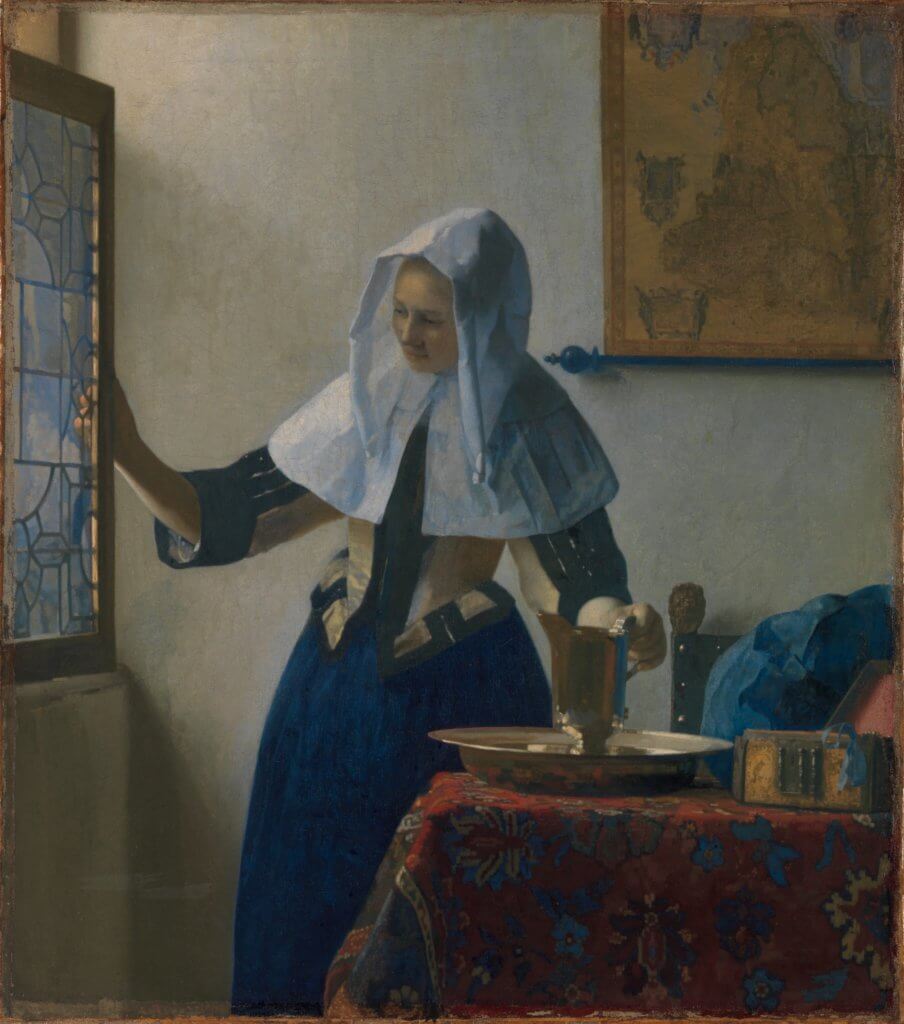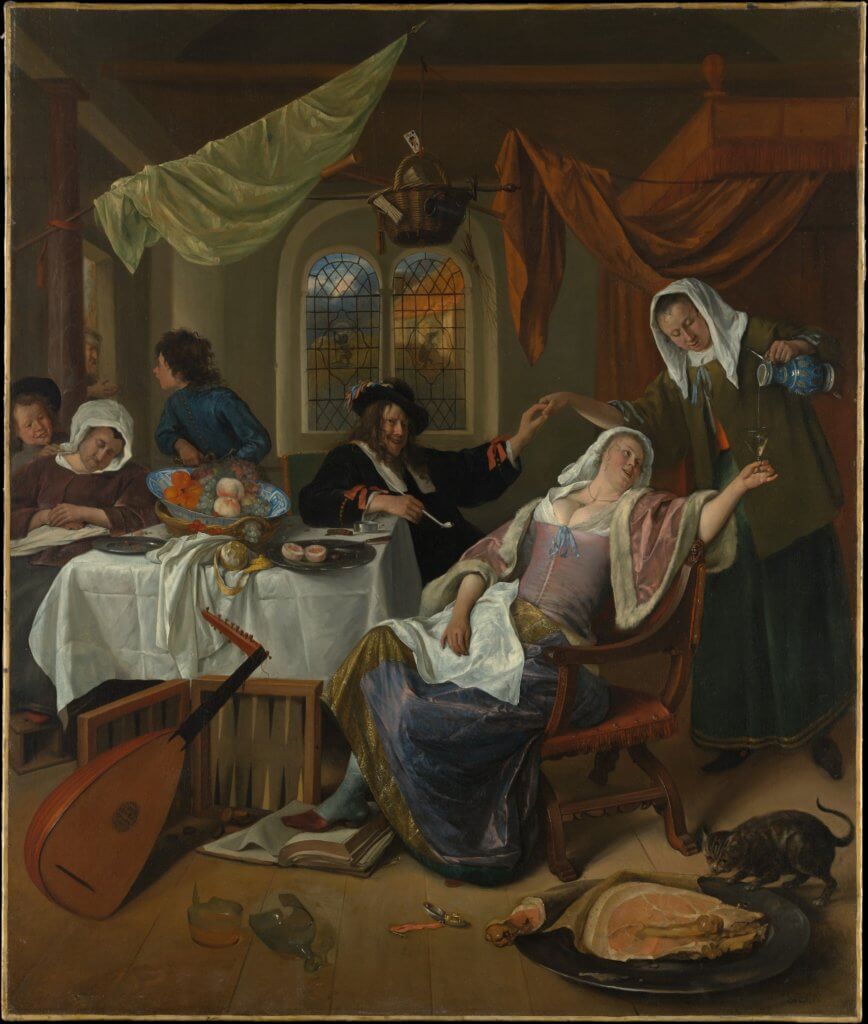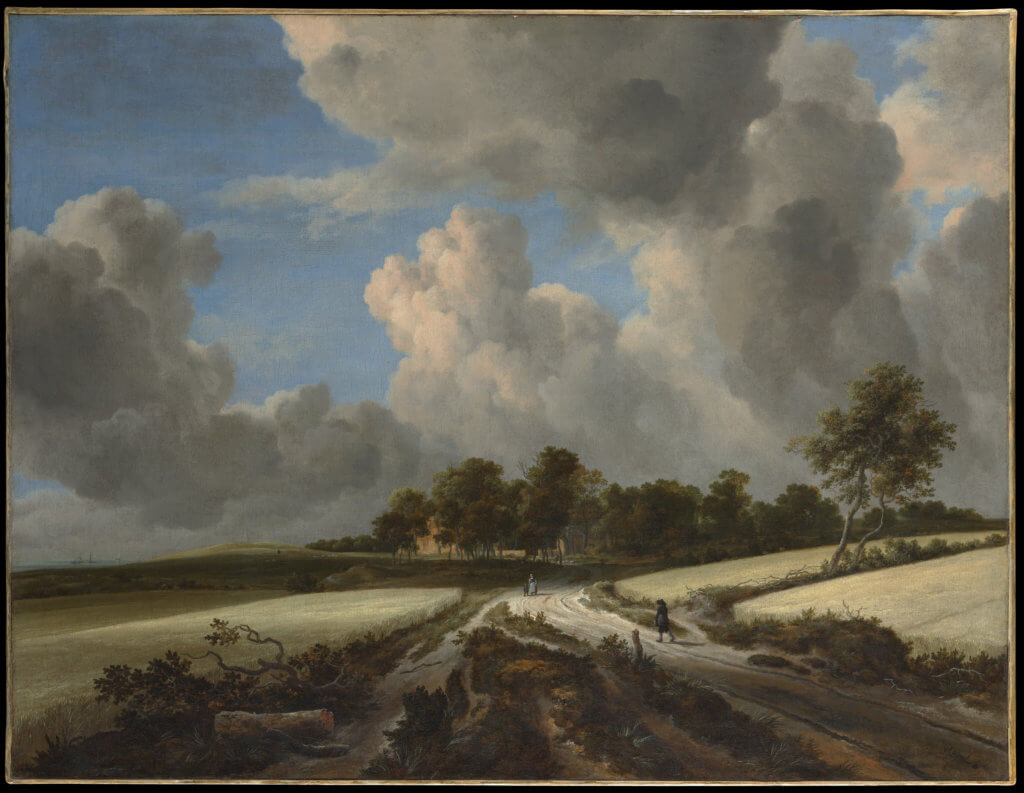Art in NYC: Dutch Masterpieces at The Met
While the Metropolitan Museum of Art has temporarily closed, you can visit it online from anywhere
A magnificent exhibition of works by the 17th-century Dutch masters titled “In Praise of Painting” can be viewed online

The Met Museum collection of Dutch paintings is highly praised by scholars and extremely popular with the visitors. The “In Praise of Painting ” exhibition, dedicated to the 150th anniversary of the Met Museum founding, uses the occasion to showcase the treasures by Rembrandt, Vermeer, and others thematically and to highlight various aspects of the 17th-century Dutch society in all its complexity. The selection comes from the Benjamin Altman’s bequest, the Robert Lehman collection, and the Jack and Belle Linsky Collection. Thoughtfully organized by the curators around nine themes from portraiture to landscape and domestic scenes, the exhibition unites prominent works and allows for striking comparisons and keen amplification of the historical details.
The viewers are invited in for a closer look at people, their homes, land and the pastime when the Netherland was experiencing rapid changes brought in by the technological advancements and economic growth after the end of the Thirty Years war. The works by Rembrandt, Vermeer, Hals, Steen and the rest of their famous contemporaries bring us closer to people living in the distant fast-changing times not that much dissimilar to our own. Societal mores, etiquette and hierarchy were turning in response to industrial progress and diversification at the time of the Dutch Golden Age. Luckily for us, it gave the world great artworks of unprecedented depth and potency. Savor the art in all its greatness.
In Praise of Painting: Dutch Masterpieces can be explored by taking an online visit. Online Visit
Stay in the know about future events and offers by subscribing to ARTS-NY newsletter Subscribe

The art of the Dutch Golden Age period was dominated by paintings and prints with the paintings given high value and popularity by the growing Dutch burgher class. Dictated by the canons of Dutch Calvinist faith to keep the interior of churches free from the depiction of religious scenes, the artisans took to other art genres in their works. While very high-caliber painters were able to find commissions for large historical or biblical paintings as was the case for Rembrandt, most of the artists turned to portraits, domestic scenes, landscapes and still life. A particular abundance of genre painting with its hidden messages and clever references to Dutch proverbs attests to the tastes of the buying public and the familiarity of the subject. At the time, the populace of the Dutch Republic had a very high literacy rate in vernacular but few were classically educated. Hence the predominance of depiction of everyday life in the art.
The exhibition starts with “Aristotle with a Bust of Homer,” a highly prized work by Rembrandt in the Met collection. Referring to the transience of fame, its contemplative style sets the tone for the show. The accompanying curatorial remarks point to an observation in the period art history book ‘Praise of Painting” by Philips Angel (1642) to painting’s accurate imitation of nature and reality. The show truly attests to it.

Unlike in other countries where artists depended on large commissions from the court and church, Dutch artists relied on the buying power of the middle class. The art produced in significantly higher quantities in comparison to other countries in pre-war years was acquired for private home decoration. The emphasis in Dutch artwork was in conveying understated confidence and deep trust in the family. The gallery titled “Faces of a New Nation” which includes a number of portraits, four of which are by Rembrandt examines the identity of the sitters and their projection of the status and strong protestant ethics.
The historical period featured in the show looks at the nation that emerged from an extremely long and brutal religious war. Cherishing the peaceful time, it was common to worship in the privacy of one’s home or hidden churches. The gallery “Questions of Faith” introduces the works depicting various churches or allegory scenes as in Vermeer’s “Allegory of the Catholic Faith.”
The following gallery, “Staking a Claim,” shows a selection of landscape paintings meditating on the scenes of wheat fields, seaside, and rural views. Pointing to geographic variety there is ‘A Brazilian Landscape’ by Franz Post made in a short historical period of Dutch Brazil colony.

Rembrandt’s impact on the world of art and on the Dutch school is examined in the “Masters, Pupils, Rivals” section. Tastes change and so are the fortunes of even the greatest masters.
Demand for realistic depiction of life and interest in festive scenes interspersed with the moral notes told by the symbols are all there in the sections titled “Contested Bodies”, “Comic Paintings”, “Lives of Women”, “Eloquent Things”.
The exhibition lets the visitors see discrete episodes of life as they were observed by the great masters of the Dutch Golden Age. Don’t miss this exclusive show in all its glory.
In Praise of Painting: Dutch Masterpieces can be explored by taking an online visit. Online Visit
Dates: October 16, 2018 – October 4, 2020
Venue: The Met Museum, 1000 5th Ave, NY, NY


